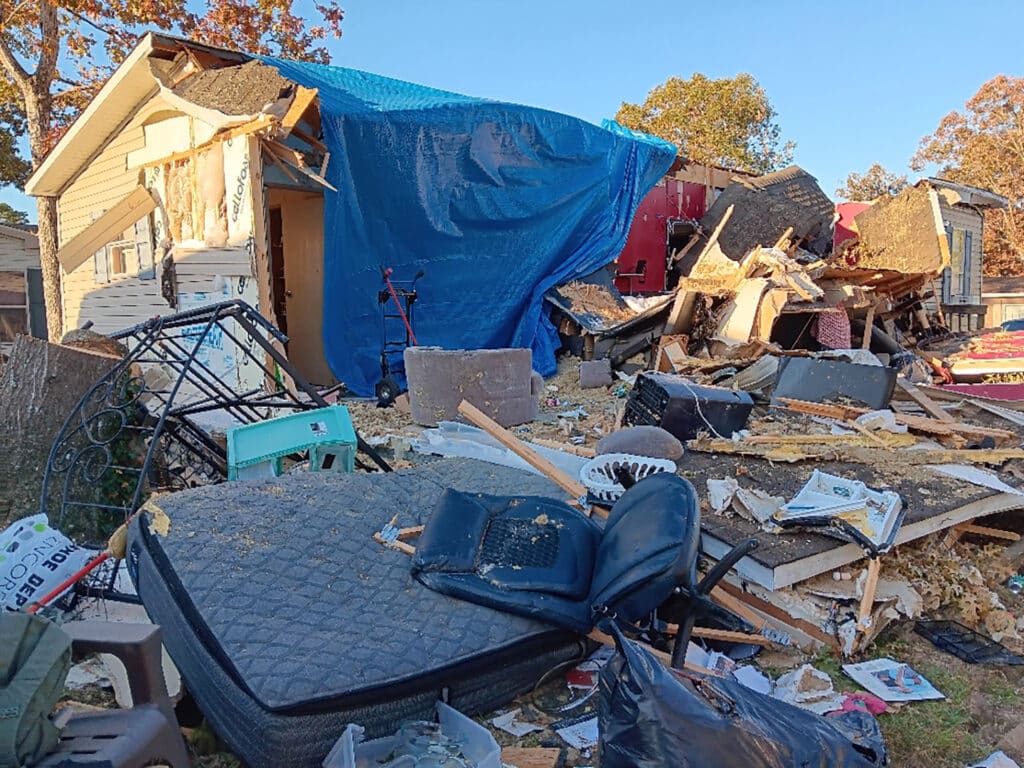In working with churches in revitalization, I have observed some attitudes that are outlined below as six phases of revitalization or six stages a church and pastor may go through on the path to revitalization. Not every church will go through all six phases, and some will spend longer in one phase than others. A church in decline does experience several of these phases on their path to recovery.
Phase 1: Disbelief
I often hear from pastors, “We are not in decline; God is simply pruning us for future growth.” The Gospel of John is clear on God’s pruning work, but I usually ask, “How long do you think God needs to prune?” I’m no horticulturist by any means; however, I understand pruning happens during a particular time of the season. Once pruning has occurred, progress happens during that plant’s growing season.
In Southern Baptist Convention life, we simply look at the Annual Church Profile of the congregation to see the “years of pruning.” If this period has lasted more than five years, the pastor and church need to acknowledge this is probably more than a season of pruning; it’s likely a church in decline.
Phase 2: Anger
Anger is also known as the blame game. The pastor blames the congregation for not being missional and open to the community. The congregation blames the pastor for “not doing his job and witnessing to the community.” It does not matter who is at fault here, action is needed. Anger and blaming one another accomplish very little. Pastors and congregations need to focus on the unity of the church and come together to address the present issues.
Phase 3: Depression
This begins the “emotional slump” that is experienced. Sometimes “depression” sets in over the pastor and members, impairing their ability to see light at the end of the tunnel. Looking over the few people left, they ask, “How will anything ever get accomplished?” This emotive slump leaves many in the church feeling a sense of hopelessness and sometimes a desire just to limp along for as long as they can.
Phase 4: Acceptance
This phase truly begins the revitalization mindset that starts with the pastor acknowledging there is a problem and analyzing options for recovery. The pastor researches factors in the decline and determines a path to overcome the obstacles without placing blame. He begins discussions with key leaders to acknowledge the situation and develop executable steps for change and growth.
Phase 5: Resolve
In this phase, the pastor and church decide they will do whatever it takes to see the church turn around. This is the most difficult phase of revitalization. When it comes to doing whatever it takes, some are simply not willing. Sometimes past efforts were unsuccessful, or they feel too old and too tired to continue. There could be any variety of factors. However, if a pastor does not lead his church to adopt the mindset of doing whatever it takes, then the church will not be revitalized.
Phase 6: Revitalization
In this phase, the church moves forward on a strategic process to see new life. Determining if a church is revitalized is subjective at best. I have worked with churches that did not see numerical shift but have seen culture shift, which is more important. I believe longevity is the key to determining a revitalized situation. Even if there is not any present numerical shift, if the culture shift is becoming more missional, it will ultimately result in a numerical increase. Some churches experience numerical growth, but without a coinciding culture shift, the future of the church may have a shortened life expectancy. A strong leader can step in and grow a church, but church growth and church revitalization are different. This culture shift is the key. If the church only grows, and the culture does not change, then when the strong leader is called to another church, the present church will likely experience decline again.
—Kenneth Priest serves as the Director of Convention Strategies for the Southern Baptists of Texas Convention. This article originally appeared in the March/April issue of The Church Revitalizer Magazine.














